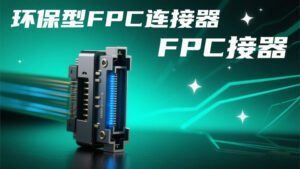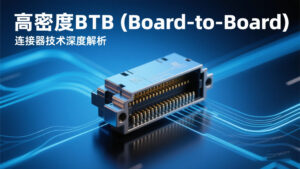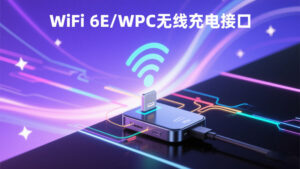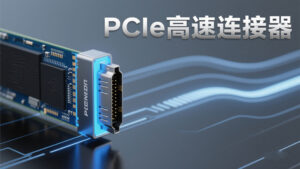I. In-depth analysis of WiFi 6E technology
1.1 Core specification upgrade
| parameters | WiFi 6 | WiFi 6E |
|---|---|---|
| (radio) band | 2.4/5GHz | +6GHz |
| channel width | 160MHz | Continuous 320MHz |
| modulation method | 1024-QAM | 4096-QAM (Extended) |
| latency | <10ms | <3ms |
| theoretical peak velocity | 9.6Gbps | 12Gbps |
Key technology breakthroughs:
- 6GHz spectrum opening: Additional 1200 MHz bandwidth (5.925-7.125 GHz)
- Multilink Operation (MLO): Simultaneous aggregation of 2.4/5/6 GHz bands
- Target Wake-up Time (TWT): Terminal power consumption reduction 30%
1.2 RF Front-End Design Challenges
- Front-end module (FEM) upgrade::
- Power amplifier (PA) supporting 6GHz
- Low loss switching (insertion loss < 0.5dB)
- Antenna system innovations::
- 4×4 MIMO Smart Antenna Array
- Beamforming accuracy improved to 1° level
Second, WPC wireless charging standard evolution
2.1 Qi v2.0 Key Improvements

- Magnetic Power Distribution: Chart Code Download 5W BPP15W EPP30W Extended Power
- new feature::
- Dynamic power adjustment (±1W accuracy)
- Foreign Object Detection (FOD) sensitivity increased by 5 times
- Charging efficiency up to 79% (15W operating condition)
2.2 Multi-device charging program
- Free positioning in space::
- 3D coil matrix design (19×19 array)
- ±15mm horizontal tolerance
- Dual device synchronized charging::
- Dynamic power allocation (master device priority)
- Cross-communication to avoid interference
III. Design options for interface integration
3.1 Composite structural layout
Typical configuration of a smartphone:
make a copy of
downloading
[equipment top] ┌───────────────┐ │ WiFi 6E Antenna Array │ │ (4×6GHz patch antenna) │ ├───────────────┤ │ Wireless Charging Receiving Coil │ │ (DDQ 18μm copper wire) │ └───────────────┘
3.2 Electromagnetic compatibility solutions
- Interference suppression measures::
- Frequency isolation: charging frequency (110-205kHz) is separated from the WiFi band
- Shielded design:
- Nanocrystalline magnetic shield (thickness 0.1mm)
- Grounding grid spacing <λ/10
- Thermal Management Optimization::
- Graphene heat sink (thermal conductivity 5300W/mK)
- Temperature monitoring point spacing 5mm
IV. Terminal application realization
4.1 Flagship Mobile Phone Design Case

- Component Layout: Chart Code Download SoCWiFi6E/BT Combo Chip Charge Management IC RF Switch Matrix 3D Charging Coil
- Performance indicators::
- WiFi throughput: 8.4Gbps (measured)
- Wireless charging: 15W (efficiency 78%)
- Space occupation: <65mm²
4.2 Smart Home Integration Program
- Multi-Protocol Gateway Design::
- Synchronization support:
- WiFi 6E Backhaul
- Wireless power for devices (5W)
- Communication-charging timing control: python copy download def time_slot(): if charging_phase: pause_wifi_tx() else: resume_wifi_tx()
- Synchronization support:
V. Testing and certification points
5.1 WiFi 6E certification requirements
- RF Conformance Testing::
- Spectrum mask conforms to FCC Part 15.407
- Adjacent Channel Leakage Ratio (ACLR) <-32dB
- Performance Verification::
- Multi-user OFDMA efficiency >80%
- 160MHz channel stability test
5.2 Qi v2.0 authentication process
- Key test items::
- Power fluctuation (<±5%)
- FOD detection success rate (>99.9%)
- Temperature rise limit (ΔT<22°C)
VI. Next-generation technology foresight
6.1 WiFi 7 preparation
- Key technologies::
- Multi-AP collaboration (16×16 MIMO)
- Commercialization of 4096-QAM
- 320MHz channel normalization
6.2 Long-range wireless charging
- New technology lines::
- Millimeter wave charging (24 GHz band)
- Laser power transfer (Class 1 safety)
- Efficiency Target: 60%@3 meters
VII. Industry challenges and countermeasures
7.1 Technical bottlenecks
- common-mode interference: Charging harmonics affect WiFi SNR
- Thermal limitations: 15W wireless charging leads to localized temperature rise of 45°C
7.2 Solutions
- Material Innovation::
- Low Temperature Co-fired Ceramic (LTCC) Antennas
- Ultra-thin magnetic shielding alloys
- system optimization::
- Dynamic frequency avoidance algorithm
- Phase Change Materials Thermal Solutions
- Test Methods::
- 3D EMF Simulation Accuracy Improved to ±0.5dB




